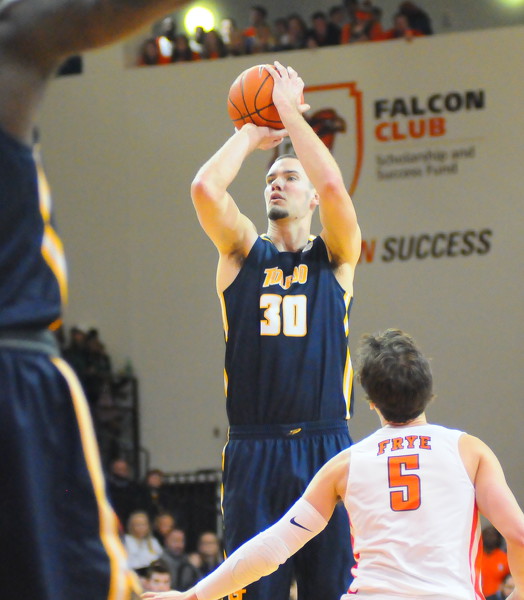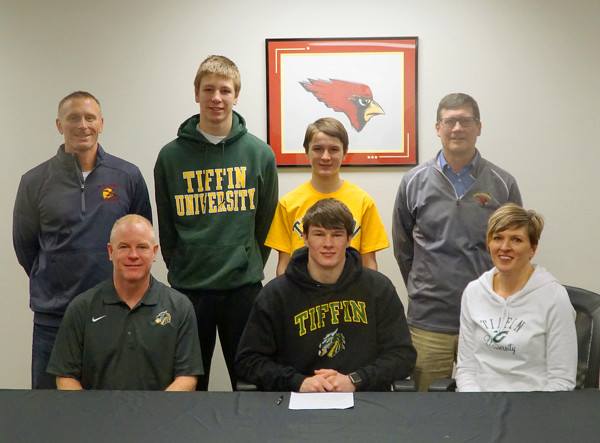Tuesday, February 12th, 2019
WSU professors return to classes after tentative agreement reached
By Tom Stankard
DAYTON - Wright State University faculty union professors put away their picket signs and returned to the classroom on Monday at the Dayton and Lake campuses.
Members of WSU chapter of the American Association of University Professors reached a tentative five-year agreement with administrators on Sunday night to end what has become the longest strike in Ohio higher education history.
The university's board of trustees on Monday approved the agreement. Union members have 10 days to vote on the contract, union president Martin Kich said.
"The university and faculty union have made substantial concessions over the last two years to put Wright State on solid financial footing," WSU President Cheryl B. Schrader said. "We appreciate the collective sacrifices made by our students, faculty and staff. These sacrifices have enabled the university to continue its progress toward financial sustainability."
Union members began picketing on Jan. 21 over concerns with employment terms issued earlier that month by the board of trustees. The terms asked faculty to sign on to the same health-care plan as other university employees to cut costs as the university faced a financial crisis.
Members have been willing to sign on to the plan but opposed terms that stated the plan could be changed at administrators' discretion after giving union members a 60-day notice.
Agreeing to this would have eliminated their legal right to bargain, Kich has said.
Issues with raises and layoffs also have been discussed. Bargaining unit faculty will receive no pay raises for the academic and fiscal years from 2017 to 2021. The university will provide bargaining unit faculty members with a 2.5 percent general salary increase for the final two years of the agreement and for academic and fiscal years 2021-2023.
In the agreement, terms for layoffs and workload would revert to 2014 contract terms. University officials noted additional changes gave the university the ability to furlough union faculty members one day per semester to cut costs and reduce summer teaching pay for union faculty members from 20 percent to 15 percent over the course of the two contracts.
Also, a retirement incentive program was put into place that provides teaching opportunities for those who join the program.
More than 3,500 students were affected by the strike, according to university officials. These students either had classes that were canceled or lacked instructors.
"I want to thank our students for showing great faith in Wright State by maintaining their enrollment status and allowing us to work through this process. Working with our entire faculty and staff, we will bring things back to normalcy as quickly as possible," Schrader said.
Since the first day of the spring semester 405 Wright State students have withdrawn from the university while 494 new students have enrolled, WSU officials said. Before the strike began, Schrader said classes would continue, but some would be combined, moved online temporarily or taught by a substitute instructor.
University officials had asked graduate assistants, adjunct professors and educators from around the area to fill in for professors picketing at the entrances to the campuses.
Several Lake Campus students on Monday said they weren't greatly impacted by the strike and are glad their classes can go on as scheduled.
Freshman nursing major Seth Pierron was studying with his friends on Monday. He said they needed to double down and work on statistics class assignments that had been pushed back during the strike.
History lecturer Steven Pedler said he is happy the strike is over, noting it was frustrating for everyone involved.
"I'm thrilled to able to return to work and get back in the classroom," he said. "I have a lot of catchup work to get through and looking forward to tackling it."
Pedler said a positive outcome of the strike was professors developed relationships with other faculty members when they likely otherwise would not have met.
"I welcome back our returning faculty, and I know the rest of the university does too. We are united in our collective calling to serve our students," Schrader said.

